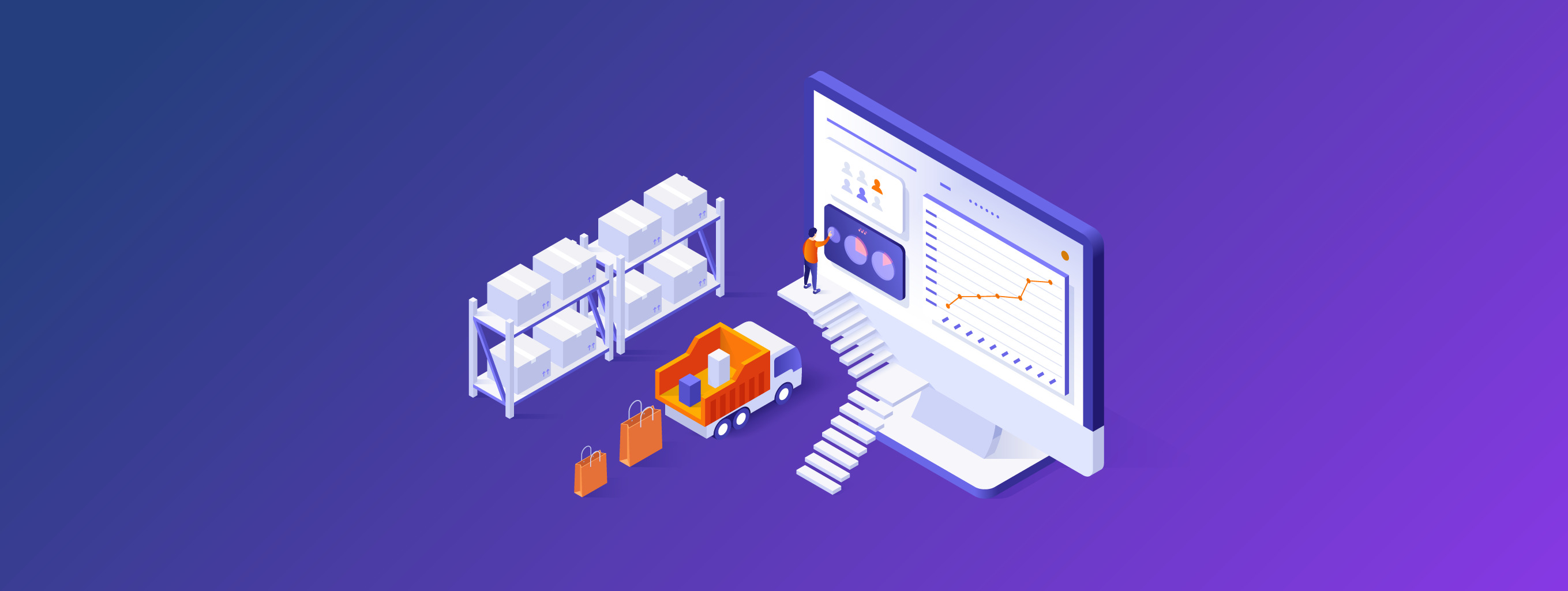
Understanding the key drivers of inventory distortion
When we talk about $690.9 billion in out-of-stock losses globally, we're not describing a simple…

As the business environment grows increasingly complex and unpredictable, large enterprises must adopt more sophisticated tools to maintain an edge in forecasting and planning. Predictive AI has emerged as a transformative solution, enabling businesses to refine their annual planning with greater precision and adaptability. This article explores how leveraging external factors and AI-powered forecasting can significantly elevate annual planning for large enterprises.
External factors such as macroeconomic indicators, consumer behavior trends, industry shifts, and global events have a profound impact on organizational performance. Incorporating these factors into planning enables businesses to anticipate challenges and seize opportunities more effectively.
Take the automotive industry, for example. External influences like fluctuations in oil prices, increasing demand for electric vehicles, or new environmental regulations can shape market dynamics and business strategies. By integrating insights from these factors, organizations can enhance their strategic decision-making and stay ahead of the curve.
Predictive AI offers enterprises the ability to generate more comprehensive and accurate forecasts by combining internal and external data. Unlike traditional forecasting methods—which primarily rely on historical data and internal factors—AI-powered tools analyze vast datasets to identify patterns and predict trends with remarkable precision.
This integrated approach allows organizations to account for sudden shifts in external conditions, providing foresight into market trends and enabling proactive adjustments to strategies. With predictive AI, businesses can reduce uncertainty and create forecasts that are both data-driven and market-validated.
Annual planning requires accuracy and adaptability, both of which are enhanced by predictive AI and external factor analysis. These tools provide businesses with actionable insights to develop more resilient and flexible plans.
By understanding the potential impact of external drivers, companies can identify risks and prepare accordingly. For instance, if forecasts indicate a rise in raw material costs, organizations can adjust budgets and sourcing strategies to mitigate the impact on profitability.
Similarly, predictive AI can uncover growth opportunities. If data suggests increased demand for a specific product or service, companies can allocate resources to capitalize on the trend, ensuring they are well-positioned for success.
Predictive AI has become a cornerstone for effective annual planning in large enterprises. By integrating external factors with advanced AI modeling, businesses gain a clearer view of the future, enabling them to make informed decisions, optimize resource allocation, and adapt to shifting market conditions.
In an increasingly uncertain business landscape, adopting predictive AI is no longer just an advantage—it is a necessity for organizations striving to remain competitive and achieve sustainable growth.